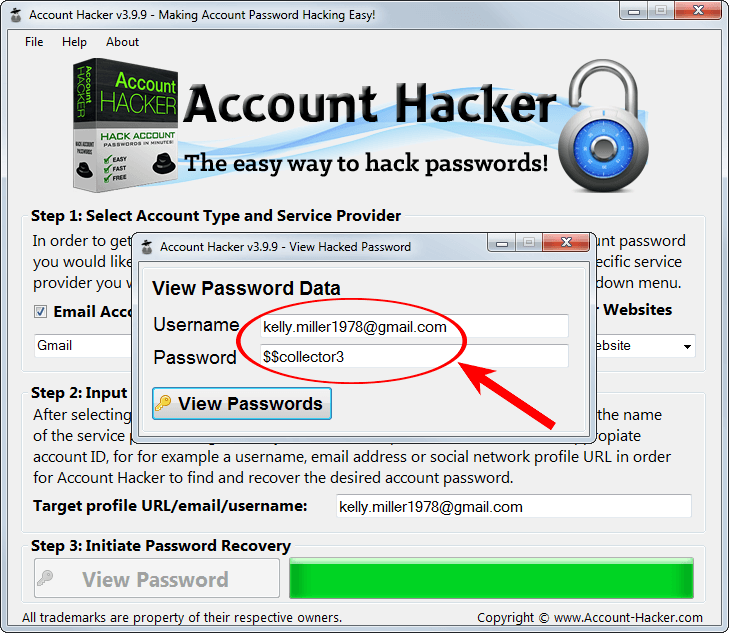
There are other proactive steps that you can take to increase the security of your Gmail account. You should receive a notification email almost instantly so that you can take quick action. The good news is that any new access point is flagged by Gmail. The best way to keep your Gmail account safe is to regularly check your login history and report devices that shouldn’t have access to the account. If you find authorized legitimate logins, but from times and dates when you knew you weren’t in Gmail, then perhaps someone has physical access to your machine and is taking advantage.
#Gmail login password password
It doesn’t take very long, and better safe than sorry. Besides, even if you change your password regularly, you can’t always know if someone has a keylogger on your computer or some other way of finding out your password. Most of us don’t change our passwords on a regular basis, if at all, so doing a login history checkup every once in a while is a good way to catch any shenanigans going on with your email. However, be aware that they can complicate efforts to interpret security logs. VPNs definitely add a layer of security to your online sessions.

This is not an argument for not running a VPN, by the way. VPNs will usually spoof the IP tracing mechanisms of the Internet to make your computer appear to be somewhere (and someone) else if you’ve had a VPN running, it may be a little tricky for you to make heads or tails of your session logs. However, before you conclude that you were hacked, check to see if you’ve been using a virtual private network (VPN) package to cover your web browsing tracks. You may immediately spot a rash of suspicious logins from another location. (See our related article on telling whether someone else is using your Gmail account.) Check Your VPN Use Once you know both those addresses, you should immediately be able to tell which logins were not authorized. You should also know that if you use another device, such as an iPhone with a 3G network, the address will be different from that of your home or office computer. Accordingly, you will need to know which devices you’ve used to access your Gmail account, the IP addresses from which you’ve accessed it, the browsers you used to do it, and the exact dates when you logged on to check your email. These sessions are identified by the device, the browser software, and the IP address used for access.

More specifically, Gmail doesn’t really track users, it tracks sessions.

In order to detect unauthorized users, you need to know who the authorized users are.
#Gmail login password how to
But what if your email has been compromised, and it isn’t a one-time situation but rather something that’s been going on for a while? What if someone’s been monitoring your email activity or sending out malicious emails in your name? In this article, we will show you how to do a comprehensive and effective review of your Gmail login history, so that you can detect if there has been a pattern of use by an unauthorized user. In unfortunate instances when someone tries to hack into your Gmail account, the alerts that Google will send will only provide one data point – one login date, one browser, one location.


 0 kommentar(er)
0 kommentar(er)
